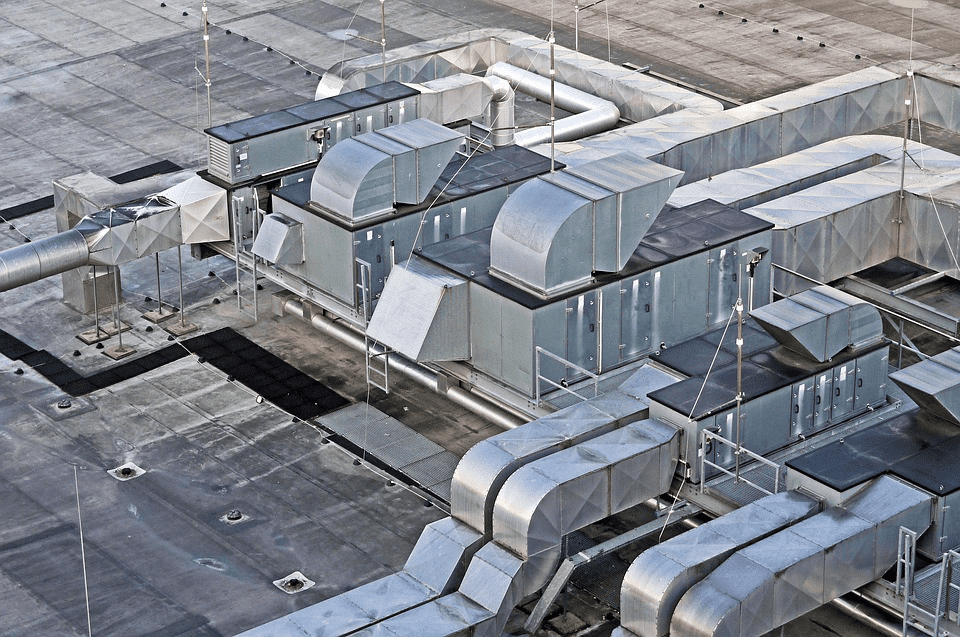What is the California Mechanical Code?
Photo: PixabayThe California mechanical code is one of the key Building Standards recognized by the California Building Standards Commission 2016. It...
Floor, wall and ceiling mounted to meet your unique project design.
4 min read
Joe Hullebusch : Feb 24, 2021 12:00:00 AM

Before starting any residential or commercial building project in Florida, it’s crucial that you’re aware of the Florida Building Code requirements to ensure the safety of all employees and occupants on site.
First established in 2001 and updated regularly since, the Florida Building Code provides building construction guidelines related to the design of mechanical HVAC systems, equipment selection, environmental compliance, and other requirements for how any ventilation or heating system should be set up.
Although the Florida Building Code is state-wide, different localities in Florida can make additional amendments and regulations. To ensure that your build is fully up-to-code, double check both the Florida Building Codes and local requirements prior to construction.
Read on for a quick summary of some of the key components of the Florida Building Code.
Florida building code requirements for HVAC installation are primarily governed by statutes in the Florida Building Code – Energy Conservation guidelines.
These energy code requirements have several purposes, which include the following:
While the scope of these Florida HVAC installation codes is extensive, the following breakdown will give you a good idea of what types of issues to look for and elements to consider during an HVAC installation.
Here are some of the most pertinent HVAC and Florida air conditioning code provisions for commercial and residential high rise buildings that builders should know before starting a project.
Section 403 of the Energy Conservation Code contains the majority of HVAC building code considerations to know, particularly for commercial building applications. It outlines the following:
Relevant energy codes to reference in these provisions include the following:
| Interested in learning more about building code requirements in other areas? Check out the following blogs: |
The above provisions of the Florida Building Code for HVAC applications offer a great overview of what technical specifications contractors are required to follow, but there are additional Florida statutes governing building design as well, such as:
Similar rules apply to new HVAC installations in residential buildings.
Another requirement worth noting is that all new residential buildings must have insulation in ceiling rates at R-19 or higher. This “R-value” is a measure of thermal resistance to heat transfer. However, these thermal efficiency standards don’t apply to every building. Exceptions are made for:
It’s critical for any commercial or residential building to meet the Florida HVAC code, and one of the ways to do that is to choose equipment that enhances energy efficiency. When it comes to maximizing energy efficiency in your building, underfloor air distribution systems (UFAD) are a superior alternative to traditional HVAC models.
What makes UFAD systems a preferred solution for heating and cooling buildings?
While traditional HVAC systems push air from the ceiling, UFAD air handler systems supply fresh, conditioned air through diffusers that can fit into raised access floors. This enables air to continually move upward and cycle efficiently throughout the building, improving air flow throughout the space.
Furthermore, UFAD systems eliminate the “mixing” zones that traditional HVAC systems typically support and where air tends to stagnate. They also reduce particulate counts in the air; supporting a cleaner, healthier environment for all occupants.
Along with improving ventilation and indoor air quality, UFAD systems come with a range of additional benefits including:
UFAD systems installed in accordance with Florida building codes are more energy efficient, affordable, and environmentally friendly than traditional HVAC systems -- making them an ideal choice for those considering a total replacement of their HVAC evaporators and condensed units.
Turn To AirFixture For Cost-Effective, Energy Efficient UFAD Solutions
If you’re struggling to decipher each Florida building code for HVAC applications, we recommend working with an experienced contractor or licensed Florida HVAC installer to ensure all of your designs are compliant with Florida law.
At AirFixture, the safety of your building is our main priority, which is why our skilled team of specialists ensure that our UFAD solutions meet all building code requirements and uphold superior quality standards.
We have decades of experience successfully implementing UFAD systems, with over 1,263 projects successfully delivered across 30 countries to date. Plus, our systems are fully compliant with virtually all building codes nationally and internationally. Contact the experts at AirFixture today and learn about the advantages of UFAD solutions for your next building construction.
Photo: PixabayThe California mechanical code is one of the key Building Standards recognized by the California Building Standards Commission 2016. It...

When it comes to any new building or renovation project, it's vital to ensure your project meets all building code requirements. Understanding every...

If you’re constructing a new building, there are many regulations to consider to ensure its sound construction and the safety of everyone inside.